What do you suggest for my first perennial experience?
clay_belle
16 years ago
Related Stories

GARDENING GUIDESTop 12 Summer-Blooming Perennials for Deer-Resistant Drama
Can you have garden color, fragrance and exciting foliage with hungry deer afoot? These beauties say yes
Full Story
PLANTING IDEASWant a More Colorful, Natural Garden? Try a Perennial Meadow
Spend less time tending and more time taking in the sights by improving on Victorian and prairie garden designs
Full Story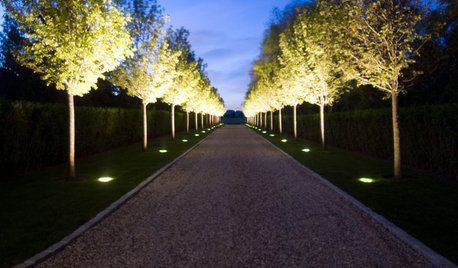
LANDSCAPE DESIGN6 Suggestions for Harmonious Hardscaping
Help a sidewalk, driveway or path flow with your garden design, for a cohesive and pleasing look
Full Story
LIFEFrom the Wild, Home: Elements of a Landscape of Experience
See how simplicity, mystery and lessons from nature can help you create a rich garden experience at home
Full Story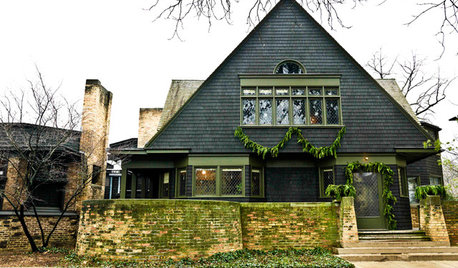
MOST POPULARExperience the Holidays at Frank Lloyd Wright's Home and Studio
Handmade decorations, greenery and gifts show how the famed architect and his family celebrated Christmas in their Oak Park home
Full Story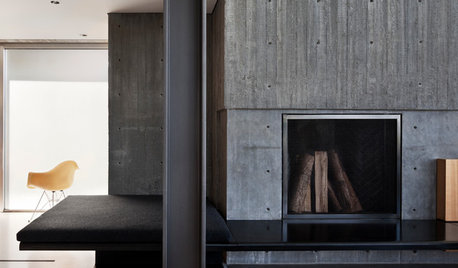
DESIGN PRACTICEDesign Practice: How to Ensure the Best Client Experience
Pro to pro: Learn about standard procedures to make clients happy and things easier on you
Full Story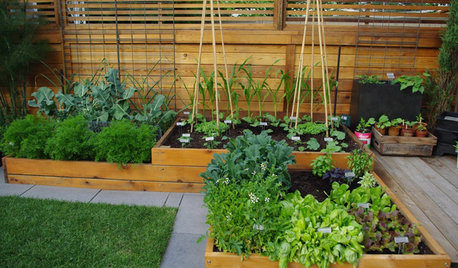
URBAN GARDENSExperiments Aplenty Fill Vancouver Edible Garden
Lush and brimming with test landscape plantings, a Canadian garden appeals to the eye and the palate
Full Story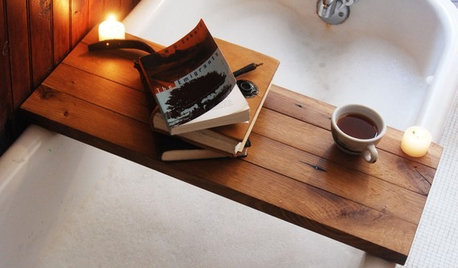
BATHROOM DESIGNGuest Picks: The Perfect Bath Experience
Get ready for fancy bath time with glam fixtures, bath salts and a bottle of champagne (or two)
Full Story
GARDENING GUIDES10 Cold- and Heat-Tolerant Perennials and Shrubs for the Arid West
These flowering native plants shrug off the cold of winter and heat of summer while adding beauty to the drought-tolerant landscape
Full Story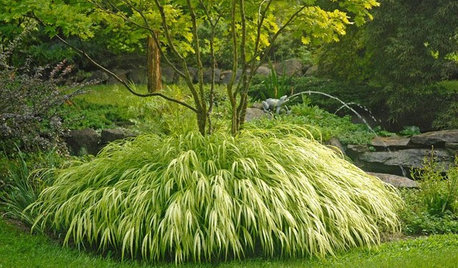
PRODUCT PICKSGuest Picks: 20 Gorgeous Perennials to Plant Now
Take advantage of warm spring weather to create a colorful garden with blooming plants, succulents and ornamental grasses
Full StoryMore Discussions






Dibbit
sissifriss
Related Professionals
West Milford Landscape Architects & Landscape Designers · Fillmore Landscape Architects & Landscape Designers · Cicero Landscape Contractors · Fort Atkinson Landscape Contractors · Lorain Landscape Contractors · New Berlin Landscape Contractors · Oviedo Landscape Contractors · Quincy Landscape Contractors · Sammamish Landscape Contractors · View Park-Windsor Hills Landscape Contractors · Waltham Landscape Contractors · Wanaque Landscape Contractors · Hueytown Landscape Contractors · Castaic Gardeners & Lawn Care · East Cleveland Gardeners & Lawn Carenannerbelle
aisgecko
betsyconnolly
tamelask
tooslim
nannerbelle
sloppy_joe
amateur_anna
tamelask
deirdre_2007
amateur_anna
tamelask
tamelask
jqpublic
ncdirtdigger
karen__w z7 NC